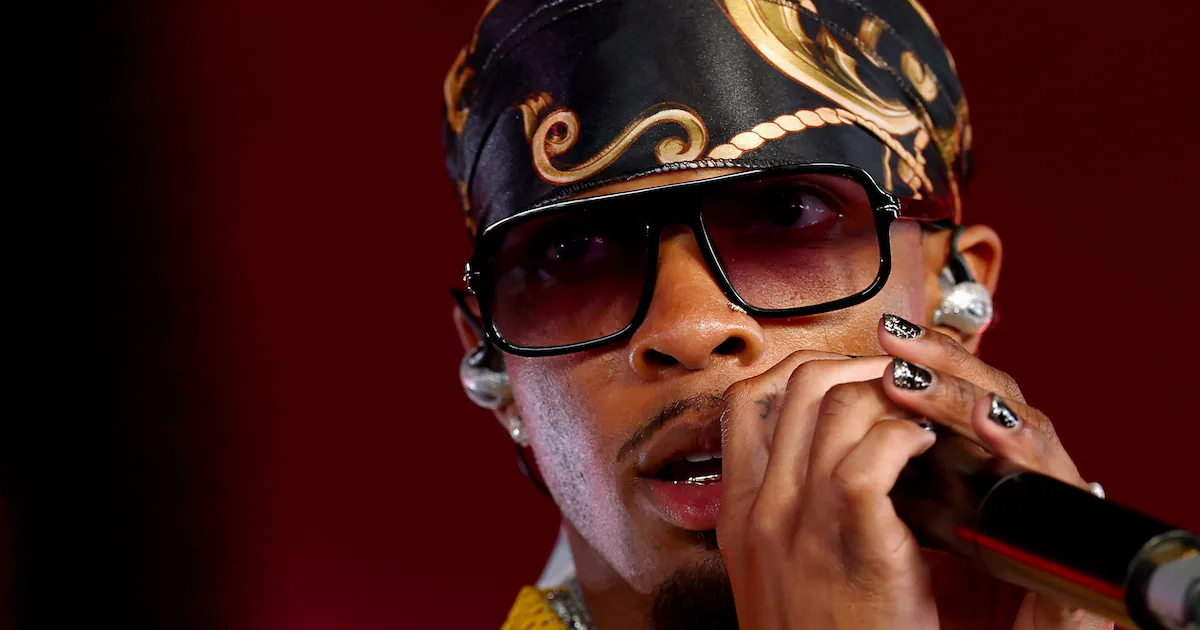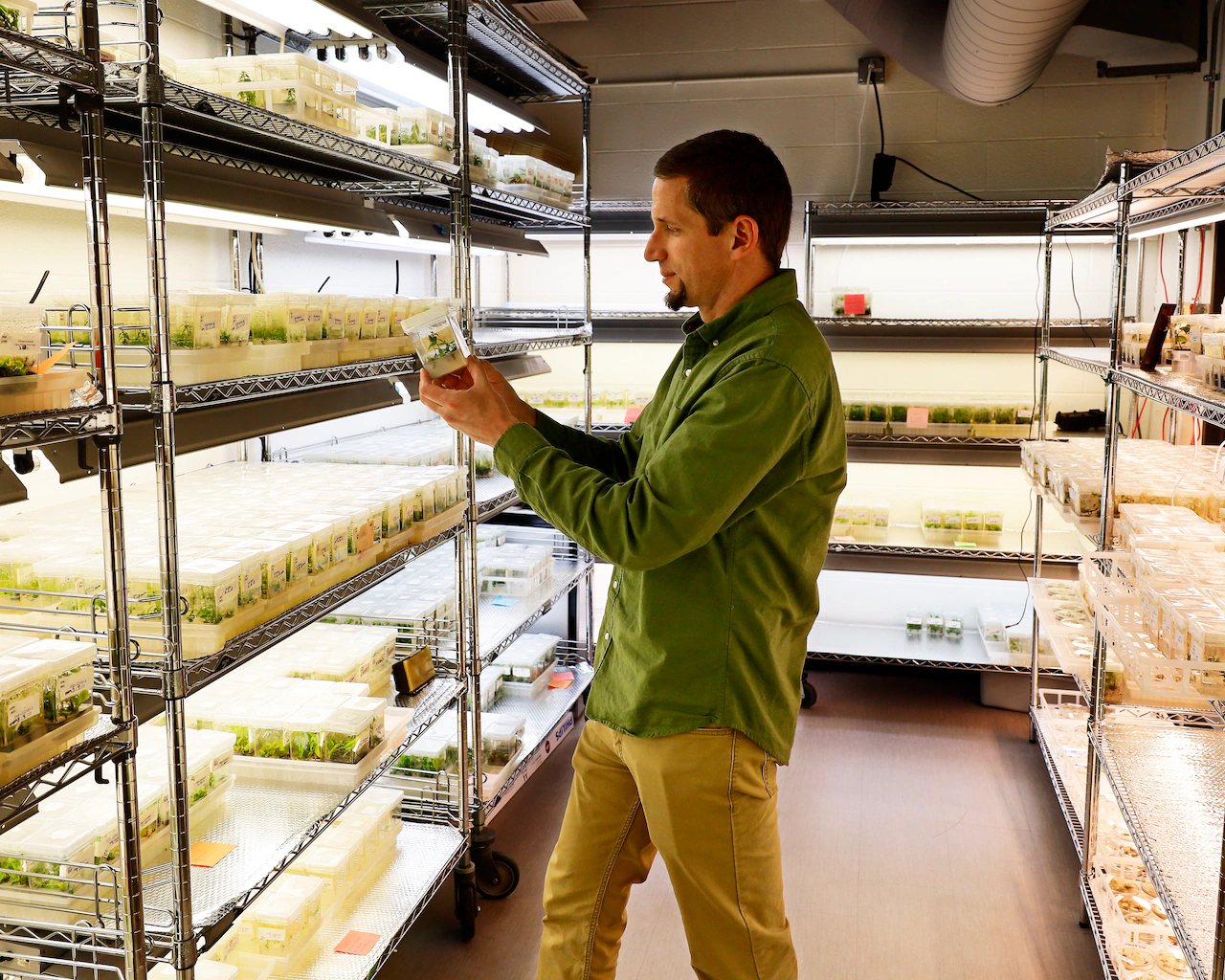
Shanya Gill, founder of AI technology company Vigil Inc., kicked off her entrepreneurial journey in 2022, after a fire burned down the restaurant behind her San Jose, California home.
“ We looked into it, and the restaurant did have smoke detectors,” Gill, 14, recalls. “It did have all of the proper safety equipment. But the issue is that smoke detectors take way too long to detect fires.”
Gill started to think about how fires could be detected earlier. Add-ons for stoves or other heating equipment existed, but they were expensive and sometimes impossible to integrate.
Related: This 29-Year-Old’s Business Helps Young People Without Work Experience Earn Tens of Thousands and Launch Their Careers: ‘You’re Not Just Your Major’
Gill was determined to create a device that could catch a fire in advance and work universally to make people safer.
So she taught herself how to code to make it happen.
Gill had learned a little bit about coding in school and “didn’t really enjoy it,” but as she continued working on her fire detection solution, it became apparent that coding would serve her well.
Gill coded everything herself in those early days of prototype development. Ultimately, she built a device with a wall-mounted thermal camera that detected unattended heat sources and sent text alerts about potential fires with 97% accuracy.
The device earned Gill the top prize and $25,000 at the Thermo Fisher Scientific Junior Innovators Challenge in 2023.
Related: After Experiencing the ‘Lack of Diversity’ in Tech, This Software Engineer Started a Business That’s Changing Lives: ‘People Are Waking Up’
Gill officially founded Vigil this year and is aiming for mass production of its device by the end of 2025.
“So I’ll just type it in a prompt, and then I’ll see, Does that look right?”
After the competition, Gill started using AI to help her code and improve the device.
“ I had split browsers,” Gill says, “and then I would just type in any questions I had. I just asked ChatGPT how to do it. AI really helped me through that process. Without [it giving] me very customized answers, I don’t think I would have been able to make Vigil.”
Gill also used an AI coder called Cursor, which she says is “only getting better” at understanding what kind of code she should be writing and streamlining the process.
“So I’ll just type it in a prompt, and then I’ll see, Does that look right? Yeah, I think it looks right. And then it works out,” Gill explains. “It’s a lot easier than it used to be for me.”
Related: Couple’s Side Hustle Surpassed $1,000 a Day Fast — With ChatGPT’s Help
AI also helped Gill diversify her device’s capabilities, removing the need to “hard code” certain features that the technology pinpoints. Vigil uses normal and thermal cameras to provide its real-time alerts.
People can also use Vigil’s products to track other events: for example, when their child comes home from school. Gill even used the device to figure out what kind of animals kept digging holes in her family’s backyard — it turned out to be crows searching for worms.
“So it can be used for whatever pops up,” Gill says. “It’s great for safety, but also convenience.”
“We have really high expectations.”
Winning the Thermo Fisher competition also helped with outreach, Gill notes. People learned about her device and reached out to Gill with interest and feedback, which helped the young entrepreneur refine the product and begin a waiting list for it.
An Arizona community that suffers from frequent garage fires recently contacted Gill because the typical thermal detectors on the market look for higher temperatures — which don’t account for the state’s extremely hot climate.
In a few weeks, Gill will send products to the community and put them to the test. “[The way it works is] very straightforward,” Gill says. “If there’s somebody in the garage like me, if I’m just sitting in the garage eternally and watching for something wrong, that’s a pretty good safety system — and that’s what Vigil is doing. So we have really high expectations.”
Related: How to Conduct Effective Prototype Testing — Essential Tips and Best Practices for Maximum Impact
Despite the device’s increasing success, Gill acknowledges that the path hasn’t always been linear or without its setbacks. For instance, Gill worked hard to hit milestones to qualify for Microsoft’s funding — then the program was cancelled the very day she applied for it.
Fortunately, Gill did receive Amazon and Google funding, which she uses for both AWS and Google Cloud.
“It’s important to [connect with] people who care about what you’re doing just as much as you do.”
Now, as Gill looks to Vigil’s future, she’s excited to get its device into the hands of its supporters — and maybe even see it on a billboard.
On a larger scale, Gill hopes to sell 100,000 units and make a real difference in fire safety. “If you look in the larger community news and the state news, [fires] happen all the time,” Gill says. “So it is important to get that detection ahead of time.”
Gill also sees a use case for elderly people at risk for falls; having Vigil in their homes could alert EMS even if the person is unresponsive.
Related: He Turned His High School Science Fair Project Into a Product That Solves a $390 Billion Problem: ‘This Has Not Been Done Before’
To young entrepreneurs who have a big idea they want to bring to life, Gill suggests connecting with people who share the same vision.
When Gill reached out to elite universities seeking help to build a low-cost thermal camera, she encountered a lot of hurdles and “mounds of paperwork.”
However, once she connected with people across the country who understood Vigil’s goal and why it mattered, she started to gain traction. ”It’s important to [connect with] people who care about what you’re doing just as much as you do,” Gill says.
Related: The STEM Skills That Turn Engineers Into Entrepreneurs
That holds true for young people who want to launch careers in STEM, too, Gill notes.
“ Maybe instead of reaching out to a big professor at a big college, you can start small — start with your teacher,” Gill says. “Someone who really cares about what you’re doing. That’s how progress happens: when there’s fast communication and you’re able to get things done because you’re focused on the outcome.”



